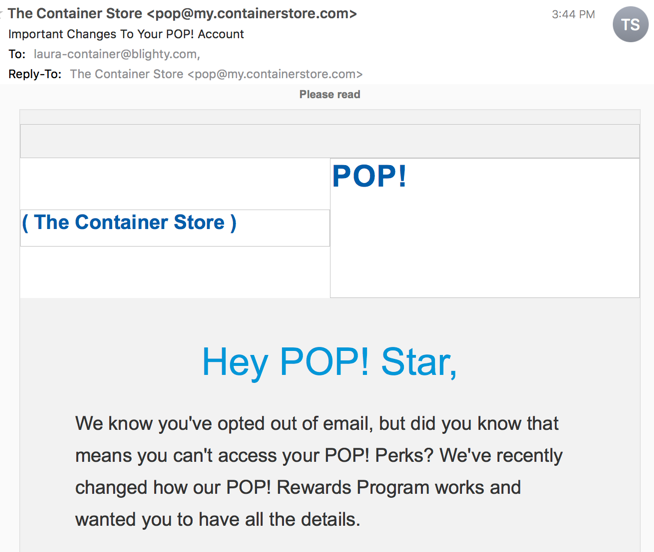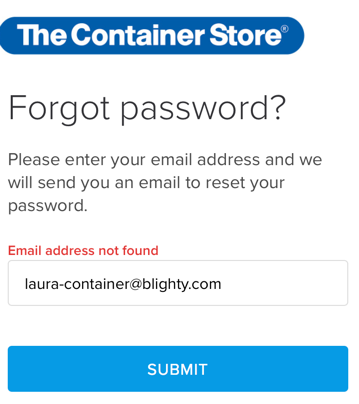Hitting the ground running
We’ve landed in Dublin and are back at work. Blogging will pick up as I get back into the swing of things.
I’ll be speaking on a panel at the Selligent user conference in Amsterdam tomorrow and in London on Thursday. If you’re a Selligent customer, introduce yourself and say hi!
Speaking of being on panels, I heard recently that some folks were adding conference speakers to newsletter and marketing lists. The scenario was something like this. Person goes to a conference and sees speakers talking about things they’re very interested in. They return to the office and dig around to find email addresses of the speakers. Once they find the email addresses, they add them to the company mailing list.
As a speaker, let me tell you, this is a bad idea. All of us are thrilled you found our talk inspiring, interesting and worth following up on. Follow up with us, absolutely. Don’t add us to your mailing list. Send us an email, introduce yourself, tell us who you and your company are. All of that is great. Love to hear from you, love to hear about the interesting things your doing and how our talks have made you think about your program. Don’t just throw us on your newsletter list.
First off, think of the numbers. Small venues might be a dozen or so people. Larger venues can be in the hundreds. If this catches on, we’ll be swamped with mail.
Secondly, we don’t always know who is in the audience. Adding us to a mailing list without permission just looks like another bit of spam. We don’t know that you added us because you were in the audience. All we know is that your company has started mailing without permission.
Send us a direct email telling us about your company and how our talk impacted you and the company? Absolutely.
Invite us to opt-in to your newsletter so we can follow your company development? Sure. We might not actually do it, but the invite is OK.
Add us to your company newsletter with no warning? Don’t do that. It’s not just rude, it’s spamming.

